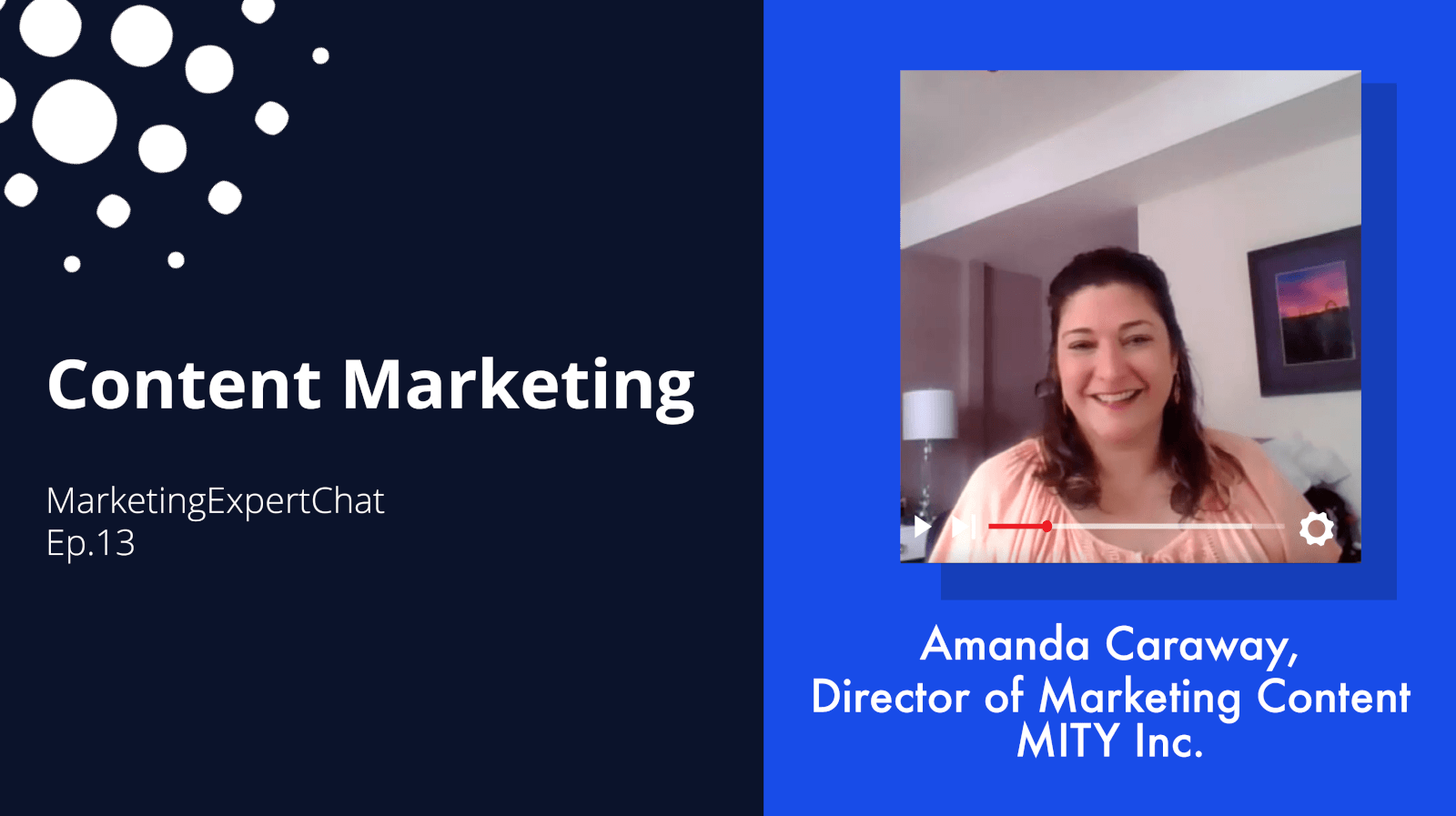You see ads everywhere you go: billboards, on the sides of buses, and on TV. They can be eye-catching, simple, straightforward, or evoke laughter or tears. You can’t help but notice them. But the best place to digitally advertise, without a doubt, is the internet.
With more than half of the world’s population using the internet, service or product promotions can reach a massive, targeted audience. The question is, then, where on the internet should you advertise?
Two of the main channels for internet advertisement are paid search and paid social. Paid search allows you to advertise on search engine result pages (SERP), while paid social gives businesses the chance to promote their product on various social media channels.
Which one is right for your business? What are the pros and cons of each? Can you utilize both? Should you hire a paid search agency or a paid social agency to manage your campaigns? Keep reading for answers to all your questions about paid advertising and find out which channel can help your company achieve its business goals.
Master B2B PPC Strategies:
Unlock Expert Tips to Maximize Paid Campaign Performance and Drive B2B Growth.
What is Paid Search?
Paid search is a form of advertising where businesses pay search engines, like Google or Bing, to place ads on the top result page for specific search queries. It is an example of pay-per-click (PPC) advertising, where companies only pay the publisher (in this case, the search engine provider) when users actually click their ads.
How does this work? While it varies between search engine, the basic steps are the same:
- Select Keywords: Your team determines which search terms it wants to target with ads.
- Provide Copy: Your team provides a range of ad copy, including headlines and short descriptions, as well as a landing page URL to which your ads will link.
- Submit Bids: You then “bid” on either specific keywords or “groups” of keywords. You can set “Daily Spend” and “Cost-Per-Click” (CPC) limits here to manage costs and avoid bidding on terms that are too competitive or overpriced.
If your ad “wins” the bid, it will appear in the top 3-5 results, with a small tag stating that it is a sponsored result.

Advantages of Paid Search
1. Attract consumers with high buying intent
Usually, when someone searches something like “top e-readers,” they’re actively intending to buy an e-reader. These are the people more likely to click on an appealing search ad at the top of the SERP, and they’re more likely to actually make a purchase. These highly interested prospects are at the bottom of the funnel, ready to buy, so they’re the exact kinds of leads that paid search ads aim to attract.
2. Ads can be heavily targeted
Because paid search responds to search engine queries, it’s easy to target an audience based on the keywords and phrases that they’re most likely to look up. By conducting keyword research on Google Ad’s keyword planner or a website like SEMRush, you can find exactly what people search for to find a certain product, then adjust ad copy and keyword bidding accordingly, resulting in effective ads that appeal to what people are looking for.
3. Highly detailed analytics
Paid search ads on a platform like Google come with excellent, detailed analytics that allows businesses to know exactly who is clicking their ads. Analytics can tell you where prospects are located, whether they’re on desktop or mobile, which website pages they’ve visited, how much time they spend on your site, and more. With all that information at your fingertips, it’s easier to optimize ad campaigns that really work.
Disadvantages of Paid Search
1. Paid Search ads aren’t visual
Humans are visual, but paid search ads lack any visual element. These ads consist of a few short lines of copy, which must be very powerful and benefit-centered to make a real impact. There’s no relying on an eye-popping image or graphic, and no playing with font, colors, or formatting.
2. Ads are displayed...right next to competitors
A paid search ad is at the top of SERP, but it’s not alone. 2-4 other businesses selling a very similar product or service are likely right there next to your ad, so consumers can easily compare you to your competitors. Sometimes, the person searching will click on the first result, sometimes they’ll read the ads and make a decision, and occasionally, they even click randomly! So, there’s no guarantee that one ad will be clicked over another 100% of the time.
3. Harder to target based on demographics
The bread and butter of paid search is targeted based on keywords and phrases. Google Ads also allows targeting based on demographics, ranging from age, marital status, and gender to household income, education level, and homeowner status. Targeting based on other criteria, such as job title or firmographics, is not really an option, making it a bit more challenging to narrow down your target .audience.

What is Paid Social?
Paid social is a form of advertising that allows businesses to place sponsored content directly within users’ social media feeds. It is available across all popular social media channels, including Meta (Facebook and Instagram), X (Twitter), LinkedIn, Instagram, Pinterest, Snapchat, Reddit, TikTok and more - with each platform offering slightly different advertising formats and criteria.
LinkedIn alone offers 11 different ads formats, from Carousel Ads that appear directly within users’ feeds to Message Ads that allow advertisers to send a direct message to their target audience.
Advantages of Paid Social
1. Display ads are eye-catching
Unlike the typical paid search ad, paid social ads are all about the visual. They can be images, videos, or GIFs. They can be colorful and eye-catching. With paid social, the copy is usually extremely brief, and the visual element often does most of the talking. With the right designer, it’s easy to get creative with these ads and attract potential customers to your brand.
2. Cost-per-click is fairly low
Relative to paid search ads, the cost-per-click (CPC) for paid social is fairly low. CPC is the total amount of ad spend divided by the total number of clicks, and companies can optimize and target their ads to see a lower CPC.
The general rule of thumb is that the lower prospects are in a funnel, the higher the CPC is. Those viewing paid social ads are usually much higher in the funnel, which is why the CPC can be more affordable.
3. Target based on various demographics
For paid social, it’s a lot easier to target very specific audiences. A platform like LinkedIn, for example, allows for account-based targeting and persona creation, so ads can reach precisely the people who would respond well.
On platforms like Facebook and Instagram, you can target based on everything from interests and gender to relationship status, job title, and age. You can get very granular on social media platforms to such a degree that your ads solely target people who would be ideal customers.
Disadvantages of Paid Social
1. They can be considered intrusive
When people see a social ad while scrolling through their feed, they didn’t actively search for that product in that moment. With the exception of those seeing retargeting ads, many who see social ads are top of the funnel individuals, usually, with a lower buyer intent than with paid search, and if they get ad fatigue from constantly seeing certain ads, then that’s creating the opposite of a loyal customer base.
2. Ads have to be very, very convincing
Because of the low buying intent of social media users who are simply scrolling, social media ads themselves have to be top-notch and convincing. They essentially need to persuade viewers that a certain product is what they never knew they needed, which is no small order.
3. It can be tricky to find the right social media platform
With so many platforms to choose from, those considering paid social need to know their audience very well. This way, they can advertise on the channels that act as watering holes for their desired prospect. This can be clear-cut for some businesses, but others might have to do extensive research to figure out where ads will best perform. And with the ever-changing nature of social media, the campaigns have to be monitored constantly.
Paid Social vs. Paid Search: A Comprehensive Comparison
Paid search and paid social serve many of the same purposes, with each offering businesses a “fast” way to reach their target audience and generate traffic. They are both good alternatives to organic marketing channels - organic SEO and building a real social media following. But there are a few key differences:
Audience Intent
Paid search allows companies to reach their audience at a specific moment. There is usually clear “Search intent” behind a search engine query, which means a paid search ad can perfectly position your business at the exact right moment.
In contrast, your target audience likely uses social media for a wide range of reasons - and there is rarely any way to anticipate or factor in their use of their platform into your advertising.
Relationship to Organic Efforts
Paid social can be a stepping stone toward building an organic social following. Either by “boosting” organic posts or simply promoting your business’s profile, it is possible to generate a lasting impact with paid social ads.
The same is not true of paid search: your Google ads are unlikely to have any effect on organic search rankings, which means they must be treated as completely separate from organic search marketing efforts.
Which One Brings Better Results for Your Business?
Both paid search and paid social are excellent ways of reaching a massive audience. In an ideal world, companies would utilize both as complementary channels. If a limited budget means you have to pick, consider it this way: if you want more control over who sees your ads and when, start with paid search. If you want eye-popping ads that are a bit more financially accessible starting out, then paid social might be the way to go.
Want to Know More?
Looking for a growth marketing agency that specialized in paid search AND paid social? We can do it all, or help you figure out which is best for your business. Get in touch today!







